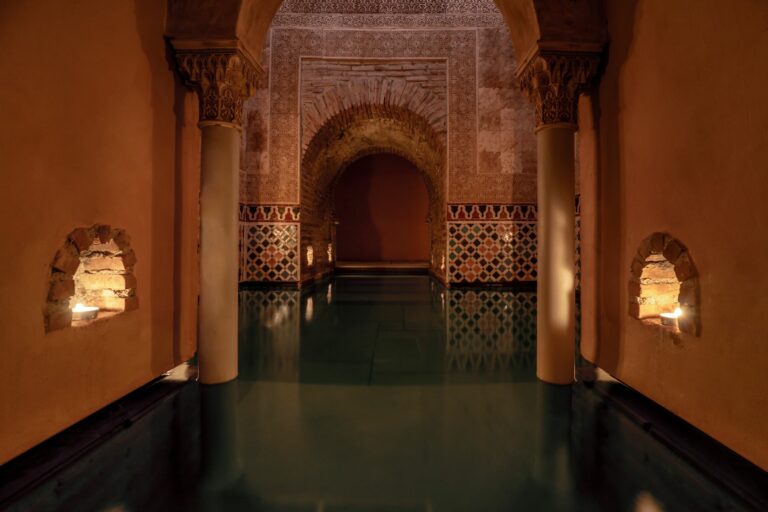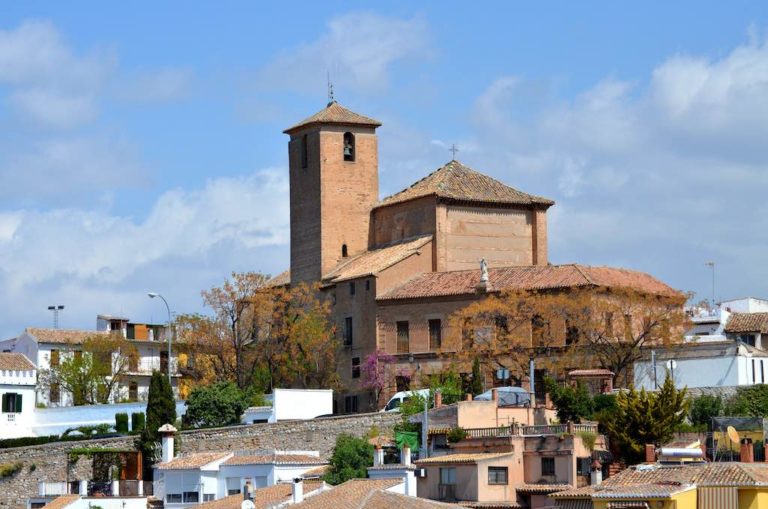Art of Granada: The andalusian gem preserving centuries of history and tradition
Contenidos
The Precious Gem of Al-Andalus: Nasrid Art in Granada
Some visits leave an impact, stirring deep emotions and etching an unforgettable mark. Juan Ramón Jiménez expressed it perfectly: “Granada has captured my heart; I feel wounded, like a convalescent.” Much of this enchantment lies in the legacy the Arabs left in the city during Al-Andalus. Nasrid art, also known as Granadan art, dominates the landscapes of the former Nasrid Kingdom. Just one glance is enough for it to steal your heart forever.

Heritage That Inspires Love
Federico García Lorca once said: “Over the waters of Granada, only sighs row.” The city of the Alhambra offers corners that touch the soul, like a lingering pinch that stays forever. Within this mosaic of treasures, Nasrid art is the veil that unites and gives meaning. Among its greatest expressions are two architectural marvels declared UNESCO World Heritage Sites in 1984: the Alhambra and the Generalife.
The Enchantment of the Red Castle

The Alhambra, the Red Castle, is the masterpiece of Nasrid art. It astonishes not only for its interior beauty but also for its perfect integration with the surrounding landscape. Sierra Nevada and the fortress seem to have always been one, with the city of Granada unfolding at their feet.
Its charm has inspired artists of all eras. It stands as an artistic, historical, and cultural testimony, as well as a symbol of coexistence between three cultures. It’s no surprise that thousands of people from all over the world travel to Granada each year to see it, making it Spain’s most visited monument in 2013.

Nasrid art finds its finest expression here: warm exterior tones contrast with the delicate coolness of turquoise-blue and emerald-green tiles inside. Pointed horseshoe arches, slender ringed columns, muqarnas domes, vegetal motifs, and poetic inscriptions complete this unique ornamental ensemble.
The Gardens of Water
The Generalife was the kings’ retreat to escape the duties of palace life. This haven combines water, vegetation, and architecture, and is another jewel of Nasrid art, which reached its peak in the 14th century.
This art seems designed for the senses: exquisite decoration, the freshness of water, plays of light and color, and a harmonious balance that envelops the visitor. Among its most outstanding spaces are the Patio de la Acequia and the Patio de los Cipreses.
Architecture That Breathes Poetry

If Andalusi poetry could be carved in stone, it would be in Nasrid architecture. Almost baroque in its profusion of details, it reveals carved woods, decorative interior arches, and glazed ceramic plinths.
Dreamlike Love
I have seen you in dreams upon my bed,
and it was as if your soft arm were my pillow,
as if you embraced me and felt
the love and the sleeplessness I feel.
As if I kissed your lips, your nape,
your cheeks, and fulfilled my desire.
By your love! If your image did not visit me
in dreams, from time to time, I would never sleep again.
Visiting Granada means immersing yourself in a city that breathes beauty from every corner. A place where history and aesthetics intertwine, leaving an indelible mark on the heart.



